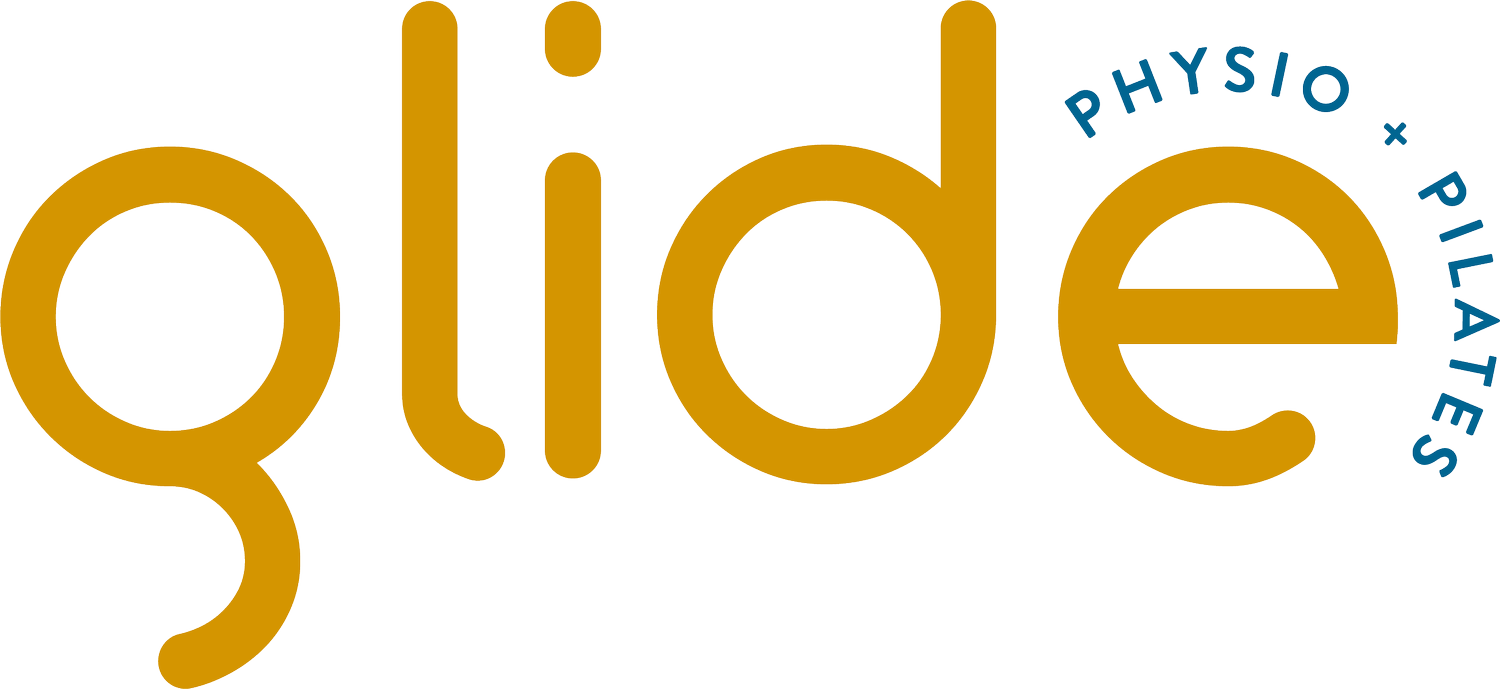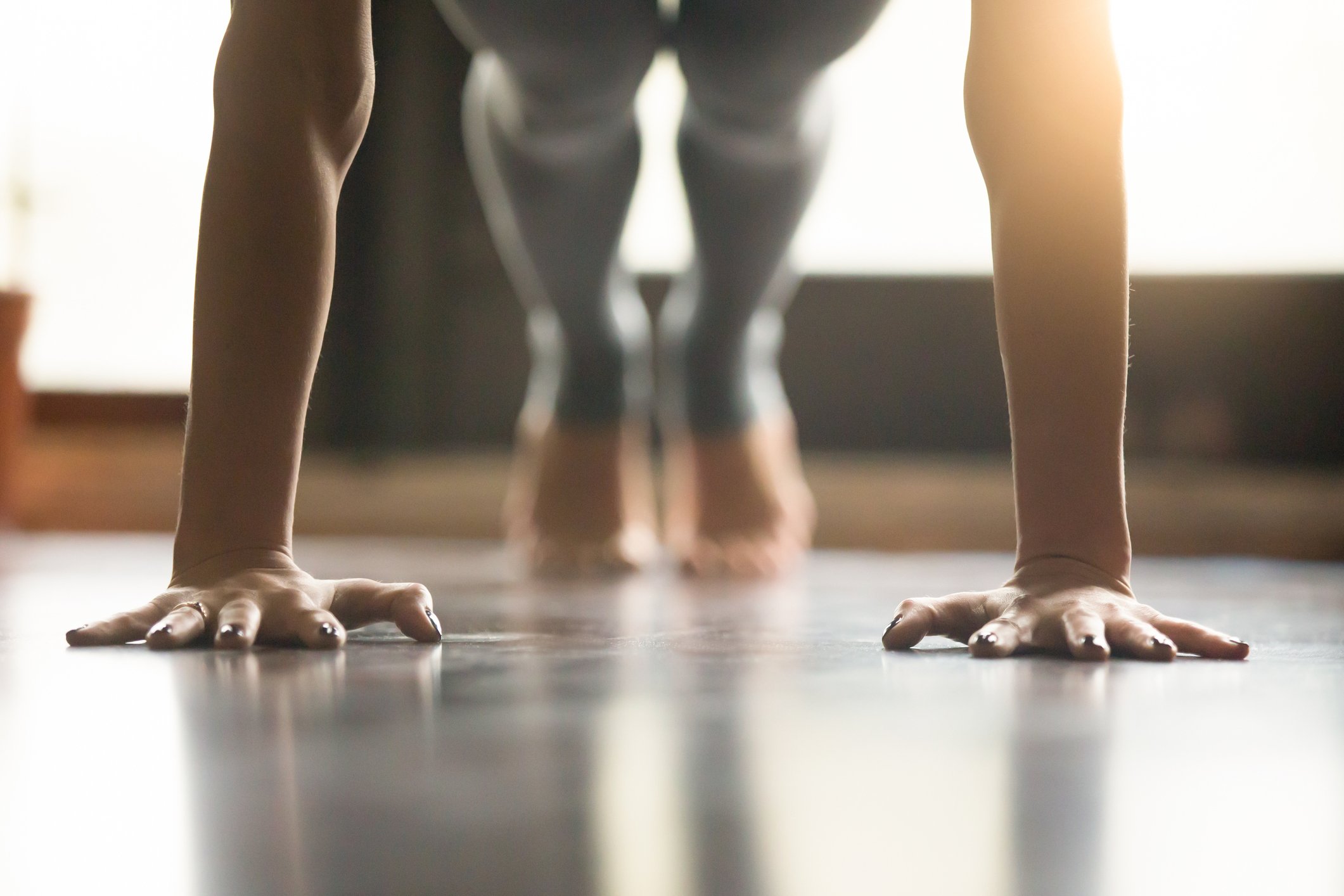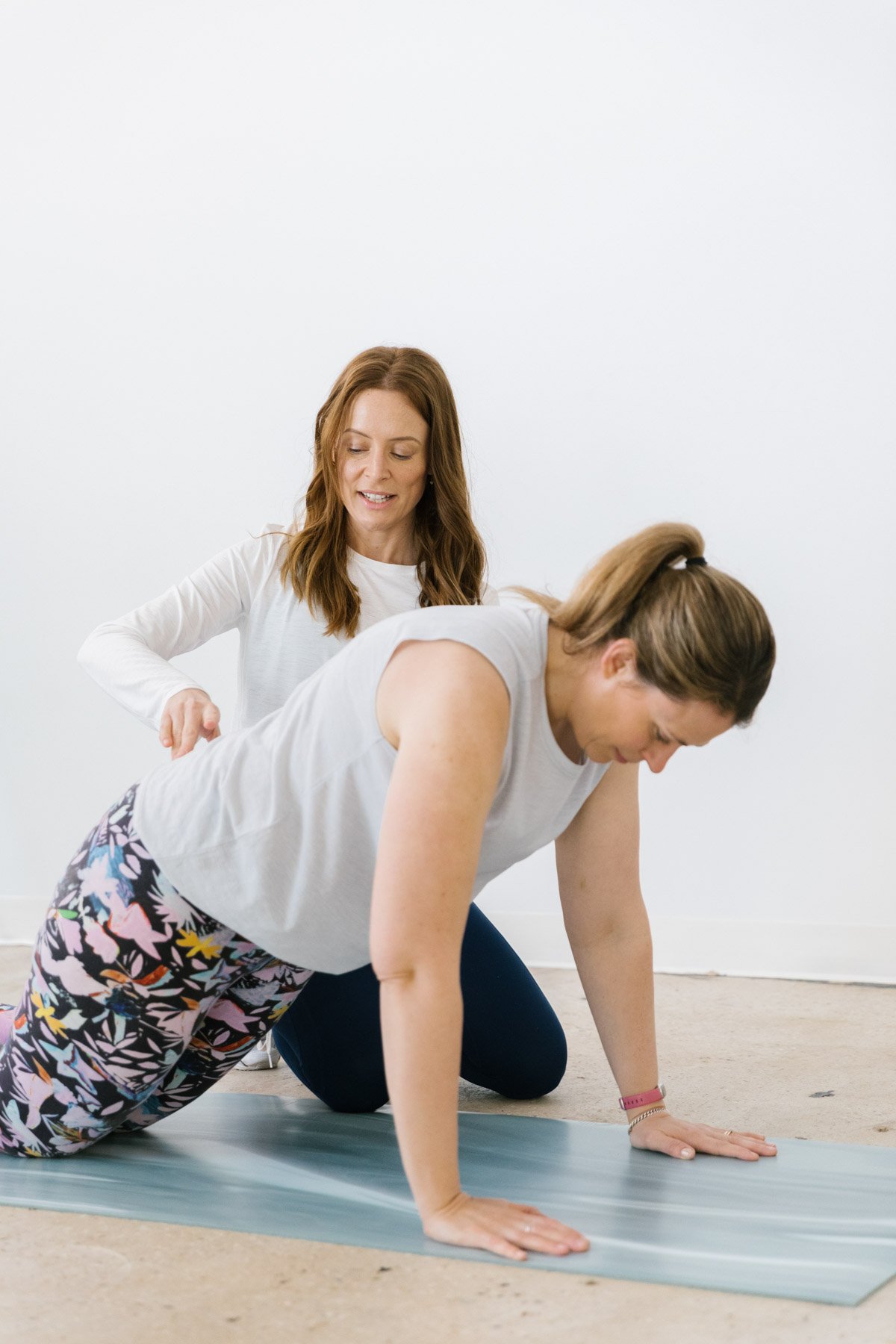The Power of Clinical Pilates: Building Muscle Mass for Healthy Ageing
As we age, maintaining muscle mass becomes increasingly vital for our overall health and well-being. Muscle loss, known as sarcopenia, is a natural part of the aging process and can lead to decreased strength, mobility, and independence. However, there is hope! Clinical Pilates offers an effective solution to combat muscle loss and promote healthy ageing. In this post, we will explore how clinical Pilates, guided by your physiotherapist, can help build muscle mass and why this is crucial as we age.
1. Targeted Muscle Engagement:
Clinical Pilates focuses on precise and controlled movements that target specific muscle groups. Through a series of exercises, it emphasises the engagement of both large and small muscles, resulting in improved muscle activation and recruitment. By working these muscles systematically, you can effectively build and tone muscle mass.
2. Resistance Training without Strain:
One of the major advantages of clinical Pilates for muscle building is that it provides resistance training without the strain often associated with traditional weightlifting. Pilates utilises bodyweight, resistance bands, and specialised equipment, enabling us to strengthen muscles safely and gradually. Most regular Pilates classes are insufficient to increase muscle mass, due to the low resistance used. With our extensive Physiotherapy skill set at Glide, however, we know when and how to increase load in order to progress your strength training safely and effectively. This makes it an excellent option for those with joint issues or other physical limitations.
3. Core Strength and Stability:
A strong core is essential for maintaining balance, posture, and overall stability, especially as we age. Clinical Pilates places significant emphasis on core strengthening exercises, helping to fortify the muscles around the abdomen, back, and pelvic area. Strengthening the core not only aids in building muscle mass but also reduces the risk of falls and injuries.
4. Improved Flexibility and Range of Motion:
Muscle mass alone isn’t enough; maintaining flexibility and a healthy range of motion is equally crucial. Clinical Pilates incorporates mobility exercises that promote suppleness and flexibility while building muscle. This combination helps to keep the body agile and functional, ensuring we can maintain an active lifestyle as we age.
5. Injury Prevention and Rehabilitation:
Clinical Pilates is often used as a rehabilitation tool for injuries and chronic conditions. It helps individuals regain muscle strength and function after injuries, surgeries, or prolonged periods of inactivity. Additionally, by building muscle mass and promoting proper alignment, clinical Pilates can significantly reduce the risk of future injuries.
6. Boosting Metabolism and Bone Density:
As we age, our metabolism tends to slow down, making it easier to gain weight and harder to maintain muscle mass. Clinical Pilates, by building muscle, helps boost metabolism, aiding in weight management. Furthermore, regular weight-bearing exercises like Pilates have been shown to improve bone density, reducing the risk of osteoporosis and fractures.
Clinical Pilates is a powerful tool for building muscle mass and promoting healthy ageing. Its targeted muscle engagement, resistance training without strain, focus on core strength, flexibility enhancement, and injury prevention benefits make it a valuable exercise regimen for people of all ages, especially seniors. By incorporating clinical Pilates into our routine, we can safeguard our muscle mass, enjoy enhanced mobility, and maintain an active and independent lifestyle as we age. It is never too late to start - invest in your future health today with clinical Pilates!




